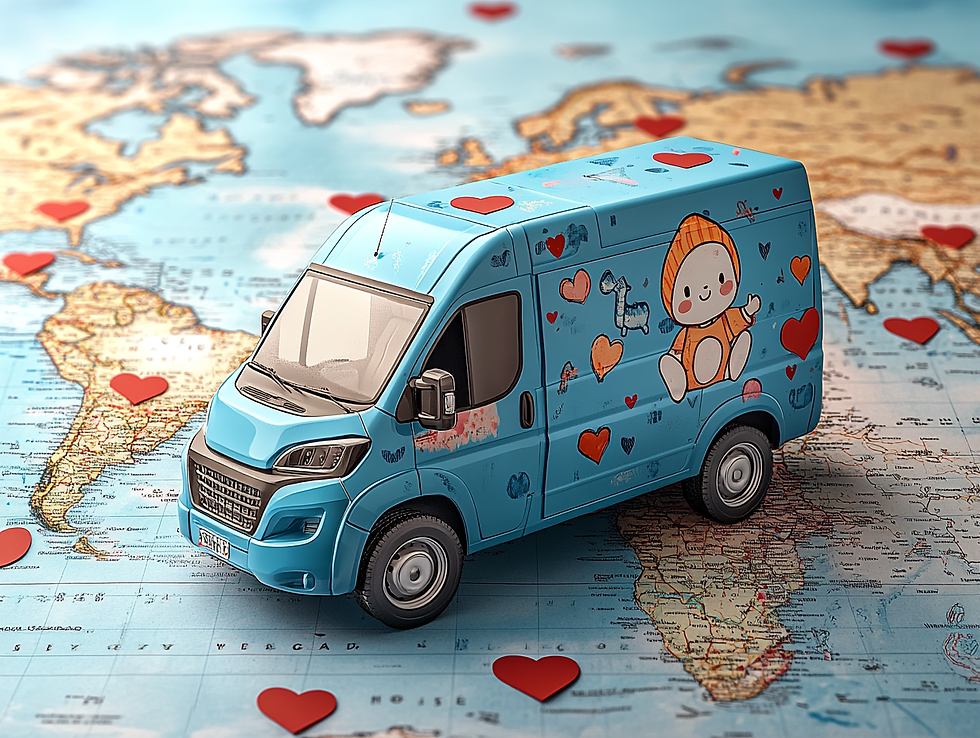ROPA Method




About it
A type of assisted reproductive technique (ART)
ROPA Method offers:
This technique enables both partners to have an active role in the conception process, creating a meaningful connection to their future child.
Recommended option for:
This method is ideal for lesbian couples who wish to share the experience of parenthood in a deeply personal way. It is especially recommended for couples where one partner has good ovarian health and is capable of providing oocytes but cannot or does not want to carry a pregnancy.
How it works?
The process begins with one partner undergoing ovarian stimulation to produce mature eggs, which are then retrieved through a minimally invasive procedure. These eggs are fertilized in a laboratory using donor sperm through in-vitro fertilization (IVF). Once fertilized, the resulting embryos are transferred into the uterus of the other partner, who carries the pregnancy and gives birth. This collaborative process ensures that both partners are involved in creating their child, strengthening their bond as a family.
“Also known as Shared Motherhood,
is a revolutionary fertility technique that enables lesbian couples to share the parenting experience”

What Does the ROPA Method Involve?

1. Ovarian Stimulation of the Genetic Mother
One of the women in the couple undergoes hormonal treatment to stimulate egg production. This woman will be the genetic mother, as her eggs will be used to create the embryo.
2. Egg Retrieval
When the eggs are ready, they are retrieved via a minor outpatient procedure under sedation.
3. Fertilization of the Eggs
The retrieved eggs are fertilized in the lab with sperm from an anonymous donor, resulting in viable embryos.
4. Embryo Transfer to the Gestational Mother
Once the embryos are developed, one or more are transferred to the uterus of the other woman in the couple, who will be the gestational mother. This woman will carry the pregnancy and experience motherhood directly through gestation and childbirth.
Benefits

The genetic mother provides the genetic link, creating a biological bond with the baby.
The gestational mother experiences the pregnancy and childbirth, establishing a deep emotional bond with the future child.
Both partners actively participate in the creation of their family, fostering a sense of shared ownership and connection in the parenting process
Frequently asked questions
The ROPA (Reception of Oocytes from Partner) method allows same-sex female couples to share the biological and emotional journey of parenthood.
Both partners must be legally married or in a civil partnership, and all legal documentation must be completed before the procedure.
This decision depends on the couple’s preferences, health evaluations, and medical recommendations.
Yes, genetic testing is optional but recommended to ensure healthy embryos before transfer.
For eggs, ovarian stimulation is required before retrieval. Sperm collection is simpler, involving either natural ejaculation or surgical retrieval. Both are then frozen using vitrification techniques.






